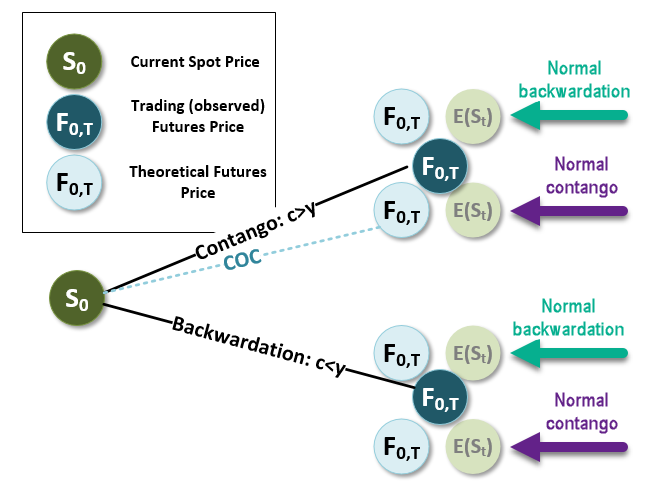Hi @David Harper CFA FRM ,
I have some troubles with chapter 10. I absolutely appreciate, that the studynotes of bionic turtle are way more detailed and in depth than the GARP books. But with this chapter I have some problems to match the book contents to the studynotes. For example in the no income case GARP calculates the forward price as F= S(1+R)^T but in the studynotes using cost of carry model it is calculated as F=Se^rT .
I am a little bit unsure now on what to focus on. Is the GARP version a simplification? Maybe I am missing some important points here.
Sorry to be so vague with my question but I am kinda completly lost on this chapter.
Thanks for your help and greetings
Nina
I have some troubles with chapter 10. I absolutely appreciate, that the studynotes of bionic turtle are way more detailed and in depth than the GARP books. But with this chapter I have some problems to match the book contents to the studynotes. For example in the no income case GARP calculates the forward price as F= S(1+R)^T but in the studynotes using cost of carry model it is calculated as F=Se^rT .
I am a little bit unsure now on what to focus on. Is the GARP version a simplification? Maybe I am missing some important points here.
Sorry to be so vague with my question but I am kinda completly lost on this chapter.
Thanks for your help and greetings
Nina

